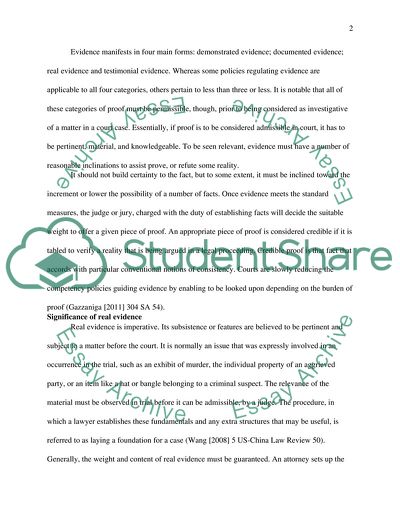Cite this document
(Significance of Credible Evidence for the Administration of Justice Coursework, n.d.)
Significance of Credible Evidence for the Administration of Justice Coursework. https://studentshare.org/law/1769282-evidence
Significance of Credible Evidence for the Administration of Justice Coursework. https://studentshare.org/law/1769282-evidence
(Significance of Credible Evidence for the Administration of Justice Coursework)
Significance of Credible Evidence for the Administration of Justice Coursework. https://studentshare.org/law/1769282-evidence.
Significance of Credible Evidence for the Administration of Justice Coursework. https://studentshare.org/law/1769282-evidence.
“Significance of Credible Evidence for the Administration of Justice Coursework”. https://studentshare.org/law/1769282-evidence.


